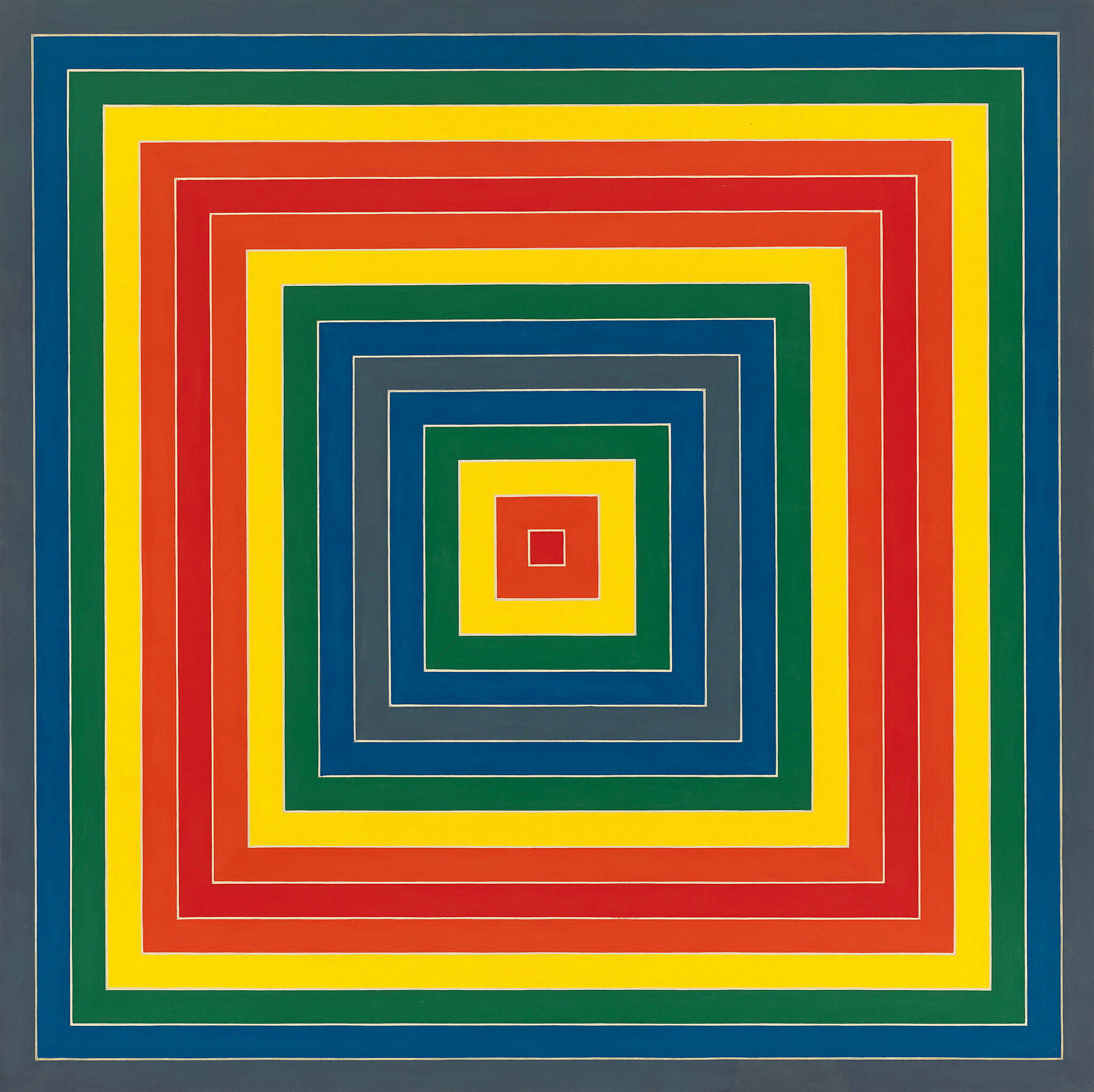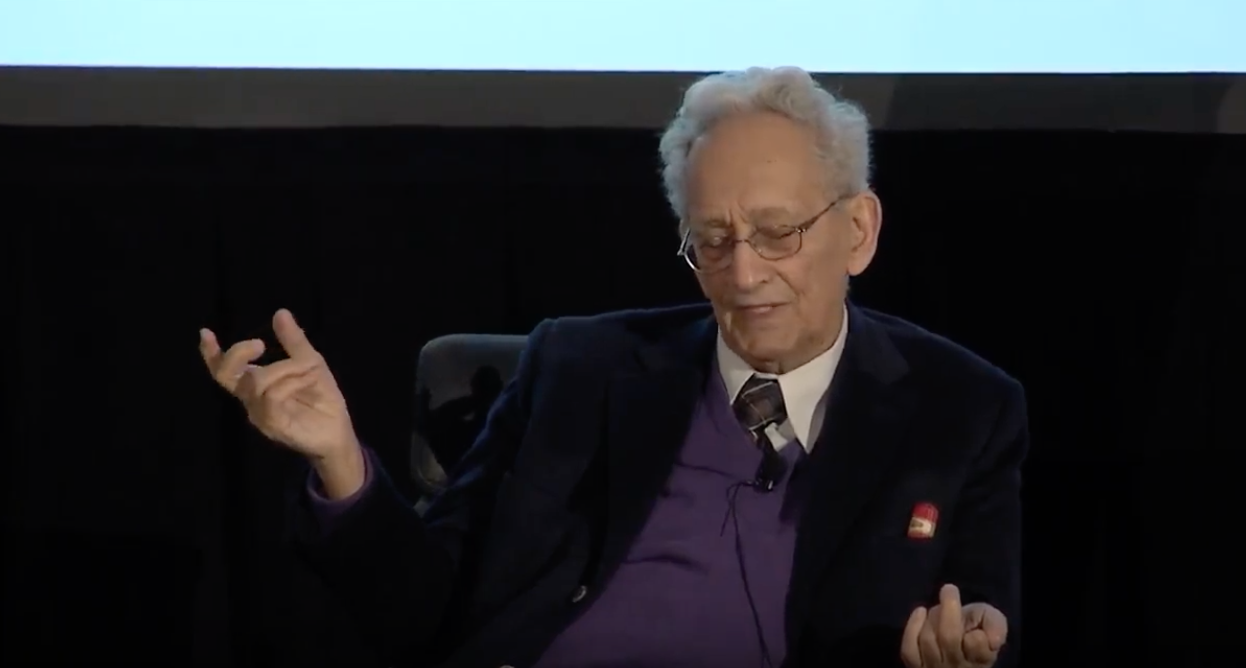Spilling Over: Painting Color in the 1960s | Art & Artists
Mar 29–Aug 18, 2019
Spilling Over: Painting Color in the 1960s | Art & Artists
Frank Stella
16
Frank Stella’s Gran Cairo simultaneously puts forward two painterly values that are sometimes seen as competing with each other: rationality and seductive beauty. He based his symmetrical, linear compositions on the dimensions of his canvases, thereby emphasizing the structure of the paintings. “What you see,” Stella once famously remarked, “is what you see.” His use of color in Gran Cairo—with its predetermined palette derived from commercial paints and its strict arrangement of concentric squares—reinforces this impersonal sensibility. Yet it also reflects Stella’s belief, which ran counter to that of Minimalist contemporaries such as Donald Judd and Robert Morris, that beauty, visual energy, and pleasure should be fair game for abstract art.


